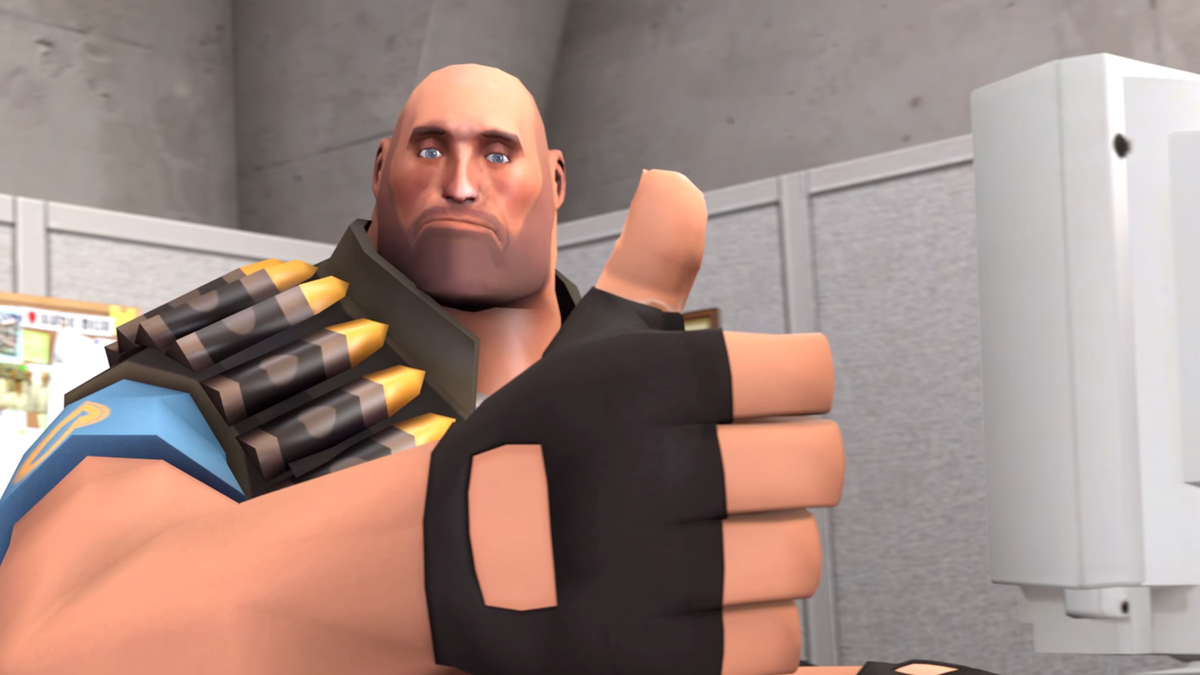
Intel will ship a workstation with its 72-core Knights Landing supercomputing chip in the first half of next year
Intel wants to change the game in desktop computing with a workstation that packs its upcoming, 72-core supercomputing chip.
Intel's workstation will be based on an upcoming Xeon Phi chip code-named Knights Landing, which is being touted as the company's most powerful chip to date.
A limited number of workstations will ship in the first half of next year from Intel, which will also control initial distribution. As usage expands, hopefully PC makers and other partners will sign on to sell Xeon Phi desktops, said Charles Wuischpard, general manager of the HPC Platform Group at Intel.
Workstations are business desktops typically larger than conventional desktops, with one example being Apple's Mac Pro. The computers are widely used for high-end graphics, film editing and engineering applications. Today's workstations are largely based on Intel's Core desktop or Xeon server chips.
Intel's supercomputing workstation will initially be made available to researchers who don't have access to Xeon Phi-based supercomputers for complex scientific calculations. Researchers will be able to write and test code on the computer before deployment on supercomputers.
The machine is more of an experiment than an effort to change the way desktops and workstations are designed, Wuischpard said.
Coprocessors like Nvidia's Quadro are already being used alongside Intel CPUs in workstations to boost application performance. But Intel's workstation will have only one Knights Landing chip, which will load the OS and increase application performance.
The Knights Landing chip can deliver over 3 teraflops of peak performance, which is roughly in the range of some high-performance graphics chips used in the world's fastest supercomputers.
Much like graphics chips, Knights Landing is designed for highly parallel computing and varies in design from conventional x86 chips. It mixes conventional x86 CPUs with specialized processing units that help the chip take on heavy workloads.
Knights Landing could also bring many innovations to desktops. It includes 16GB of on-package MCDRAM memory, in which modules are stacked and connected through a wire. The memory offers five times more bandwidth than the emerging DDR4 memory. Intel also claims the stacked memory is five times more power efficient and three times denser than GDDR5, which is used on graphics cards.
In addition to the OS, programming tools and other software programs will be preloaded on the workstation. The chip itself will be tightly integrated into the system, making it tough to add more memory and components.
This workstation could fulfill a long-time dream of Intel to bring a powerful chip to desktops. Intel had such plans with a chip code-named Larrabee, which was unceremoniously dropped in 2010 after design challenges. The Phi chip is a byproduct of Larrabee.
Source: Intel's 72-core processor jumps from supercomputers to workstations | PCWorld


